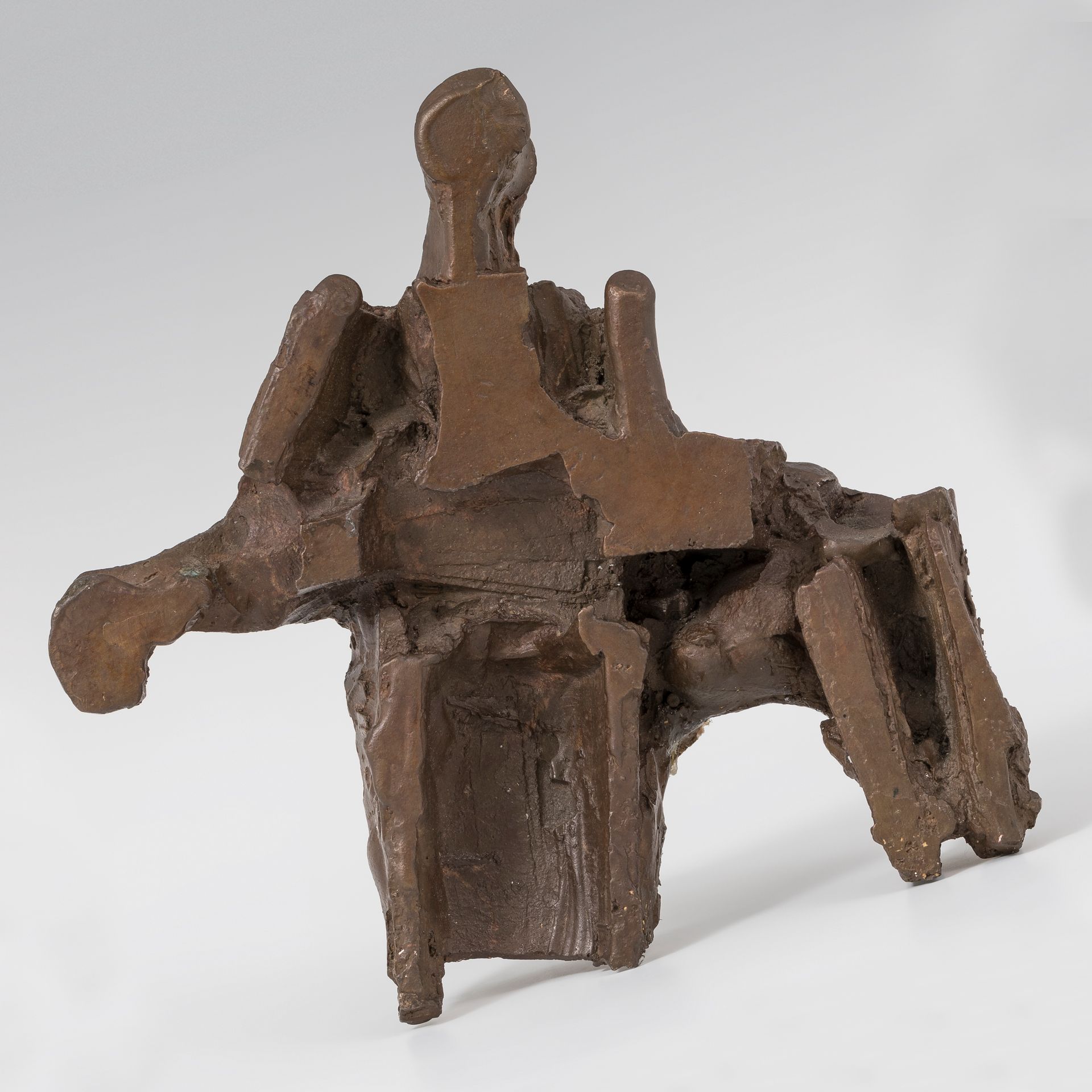Description
JACOB VAN HUCHTENBURG (Haarlem, The Netherlands, c. 1639/60 - Amsterdam, 1675)
JORGE OTEIZA ENBIL (Orio, Guipúzcoa, 1908 - San Sebastián, 2003). "Pietà No. 10 for Arantzazu", 1987. Bronze with different patinas. Exemplary 1/5. Work referenced in the Catalogue Raisonné of the artist. Volume: Figurative work CRIO 3.1.19.005 Presents the seal of the CAPA foundry. Signed and justified. Measurements: 20 x 21 x 5 cm. Made in 1987, this work is based on a plaster cast conceived and created by Oteiza almost twenty years earlier, in 1969. The piece represents piety, which was a recurring theme in Oteiza's sculpture. In this specific case, we can see how the author resolves the work through an aesthetic closely linked to the sculptures he made for the chapel of Arantzazu. Conceived as a study for the creation of "La piedad", which is in the chapel, both pieces, although different from each other, show how Oteiza uses an experimental figurative sculptural language, reduced to its minimum expression, dominated by the emptiness of the interior. Thus creating an unoccupation of matter itself, and exemplifying the dialectic between space and matter. A resource that became a constant throughout his artistic production. Jorge Oteiza is one of the fundamental Basque artists of the 20th century, as well as one of the most influential. The echoes of his work are perceptible, from the 1950s to the present day, in the work of numerous sculptors, painters and architects. Self-taught, Oteiza began his career by creating sculptures in the sphere of expressionism or primitivism initiated by Gauguin, Picasso and Derain. After a long stay in South America, the sculptor developed, both theoretically and practically, the foundations of his aesthetic, and brought out the "natural" sculptor in him, taking the necessary steps to become an artist in control of his mechanisms and tools. This intellectual adventure was reflected in texts such as "Letter to the artists of America" (1944) and "The aesthetic interpretation of American megalithic statuary" (1952). During these years he taught at the School of Ceramics in Buenos Aires. At the end of the 1940s he returned to Spain, and in his work the influence of massive, monolithic sculpture underwent a process of dematerialisation. At the beginning of the 1950s, Oteiza was immersed in abstract research and began what he called his "Experimental Purpose" (1955), experimenting along the lines of constructivism. In 1957 he presented his work at the São Paulo Biennial and was awarded the special prize for sculpture. Two years later, believing that he had reached his conclusive phase, Oteiza abandoned sculpture. During the sixties and seventies he devoted himself to research into the Basque language and the popular manifestations of his people. In 1988 he was awarded the Prince of Asturias Prize for the Arts. He is currently represented in the Jorge Oteiza Museum Foundation in Alzuza, the Reina Sofía National Art Centre, the MACBA, the Guggenheim in Bilbao and New York, the Telefónica and Caixa Galicia Foundations and the Patio Herreriano Museum in Valladolid, among other public and private collections.
68
JACOB VAN HUCHTENBURG (Haarlem, The Netherlands, c. 1639/60 - Amsterdam, 1675)
